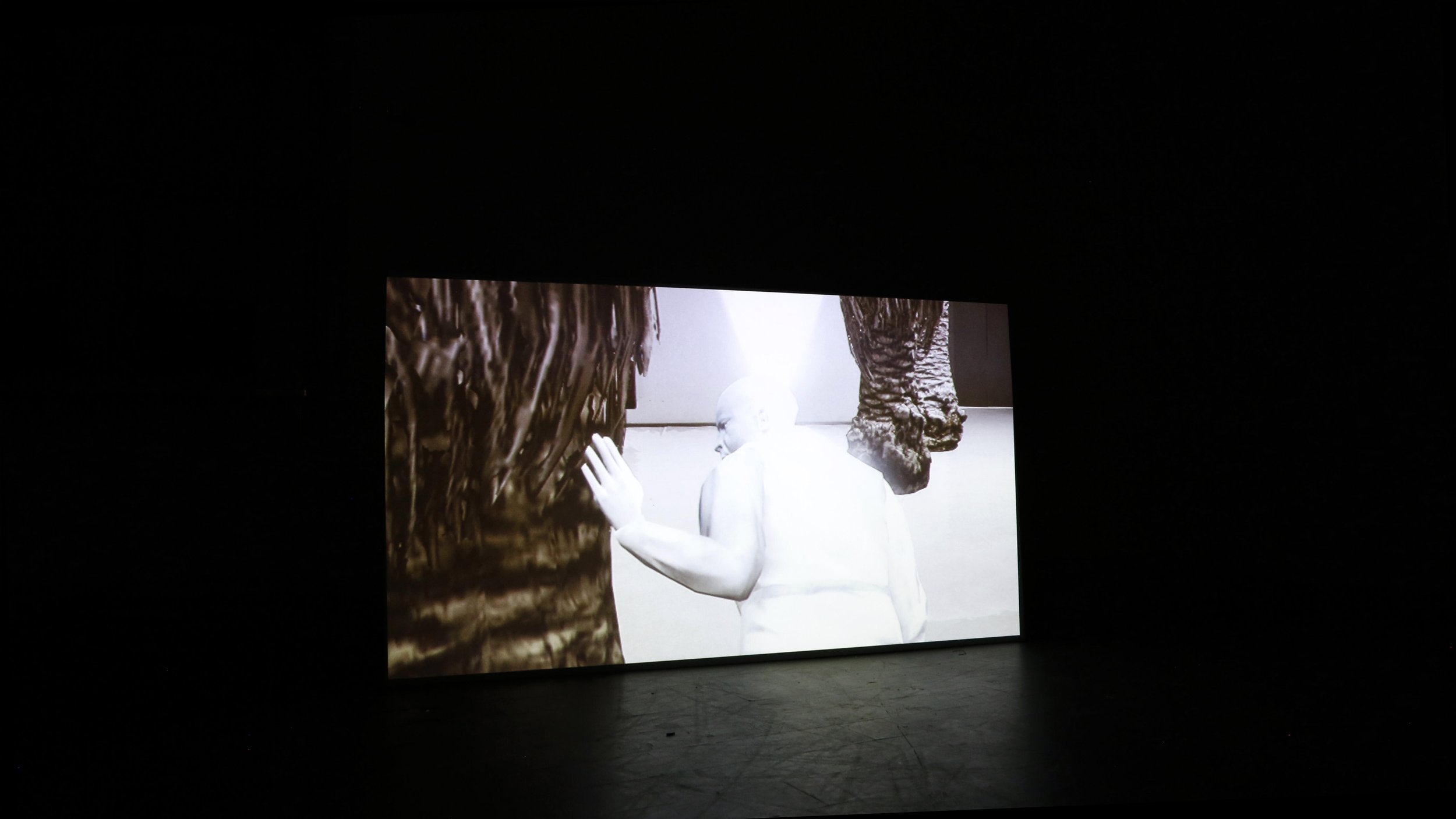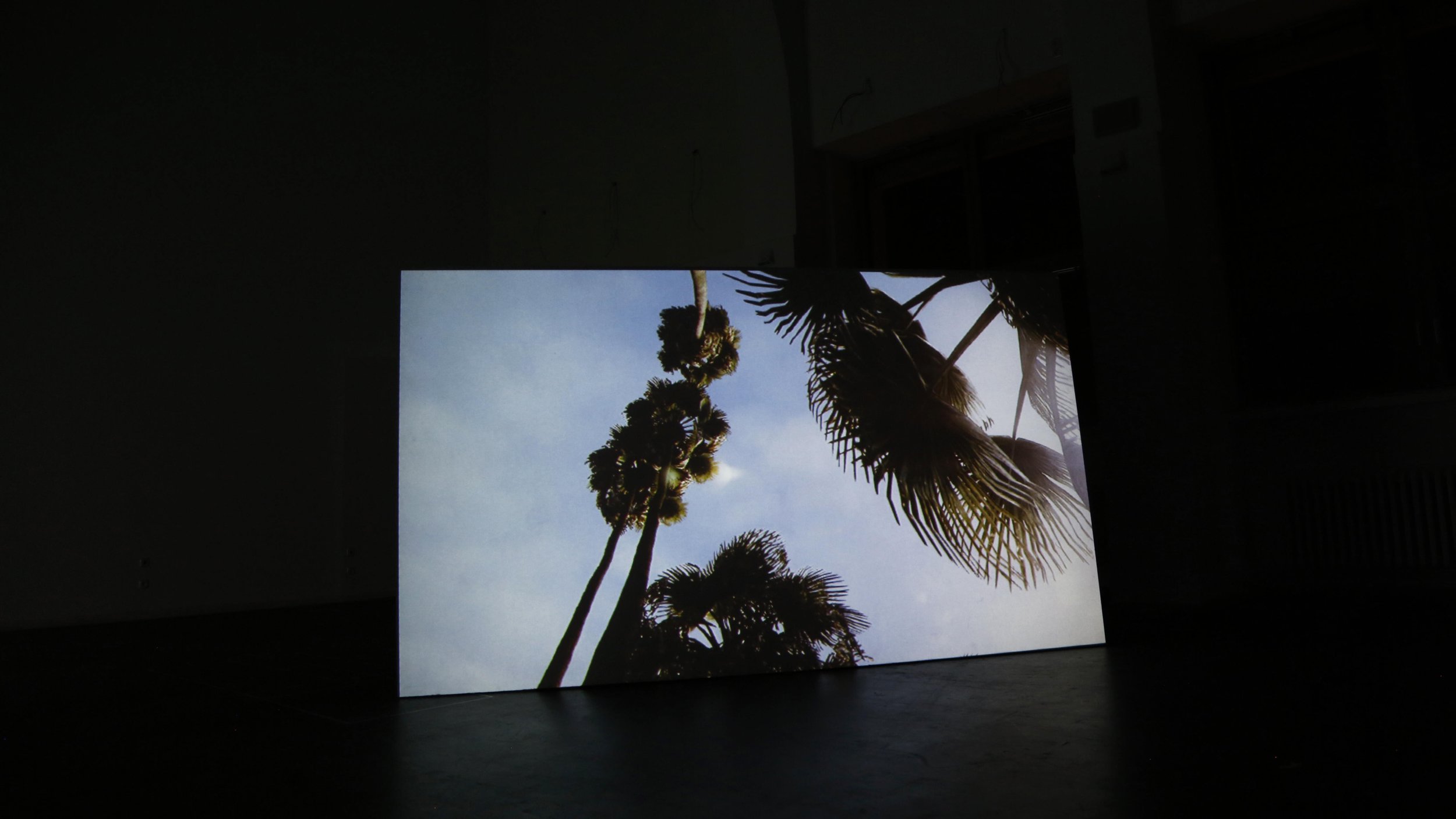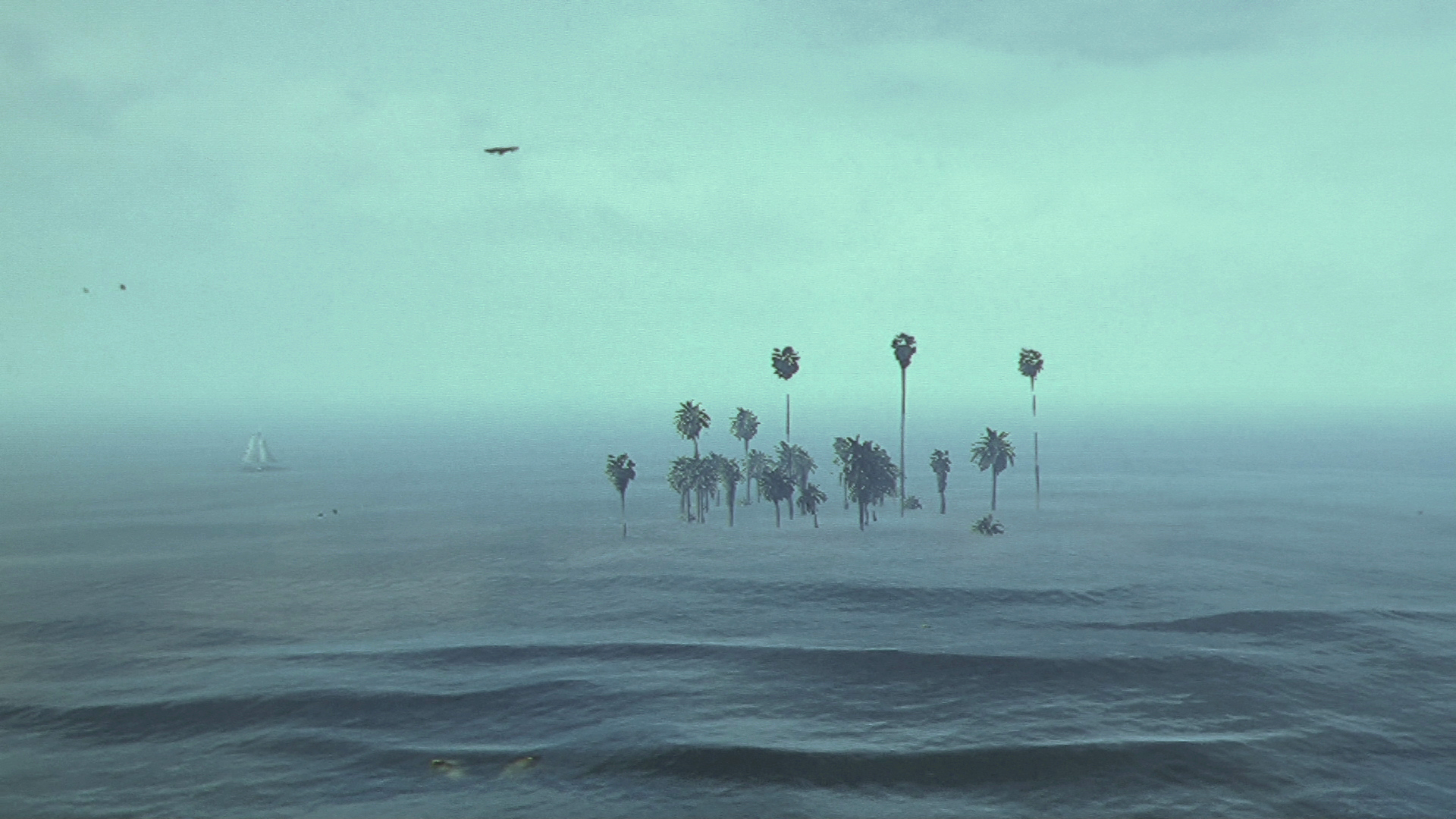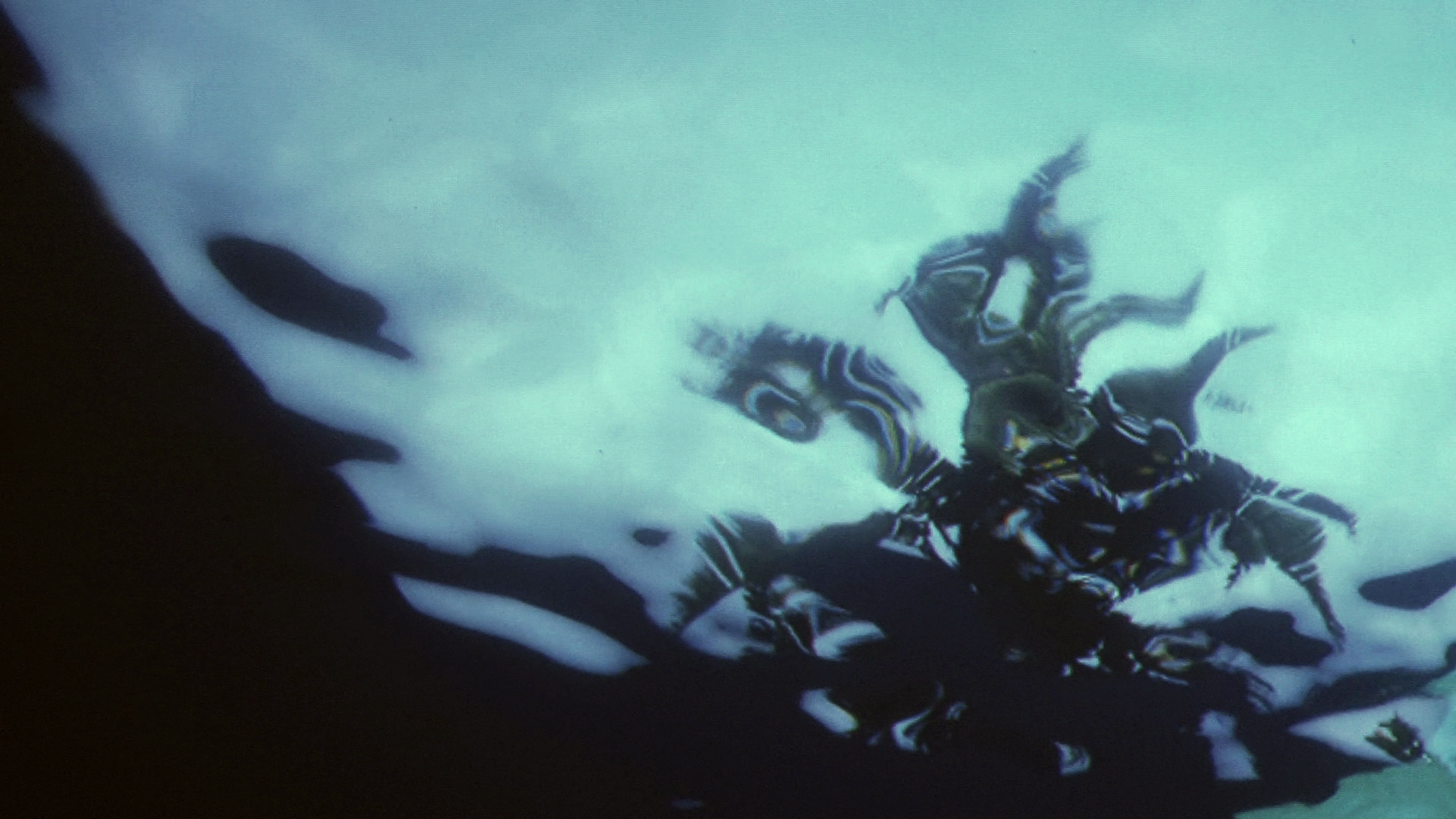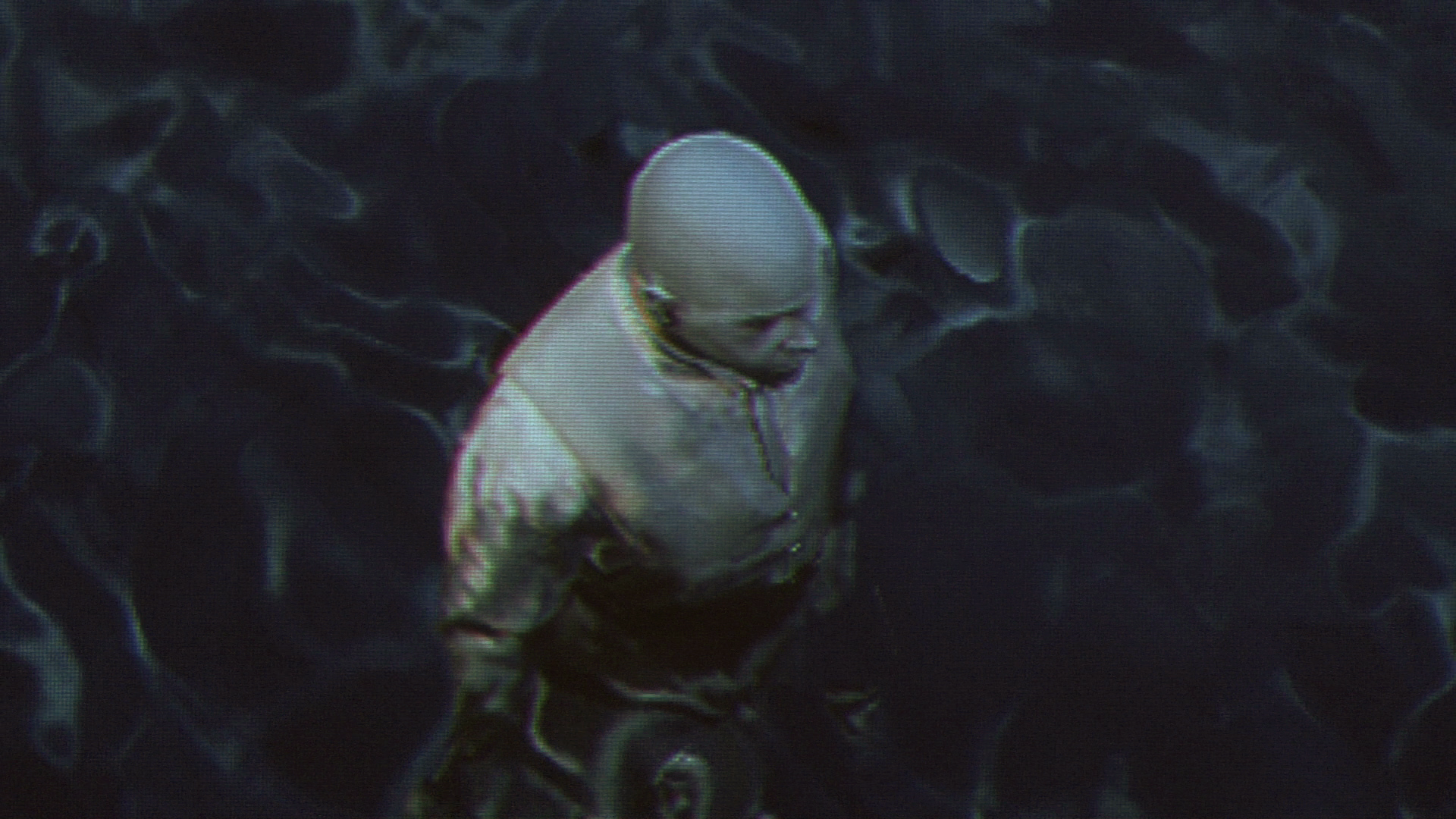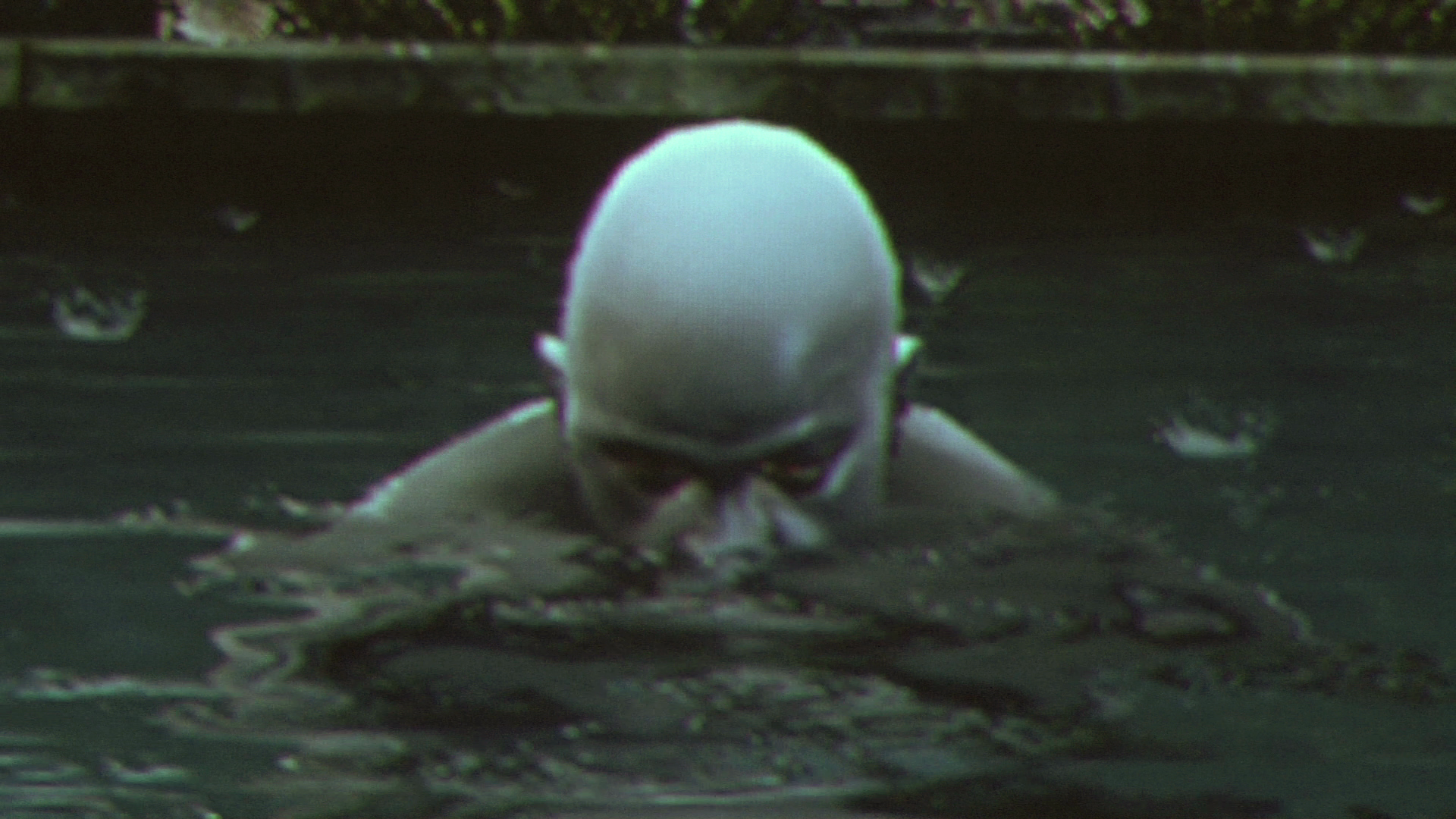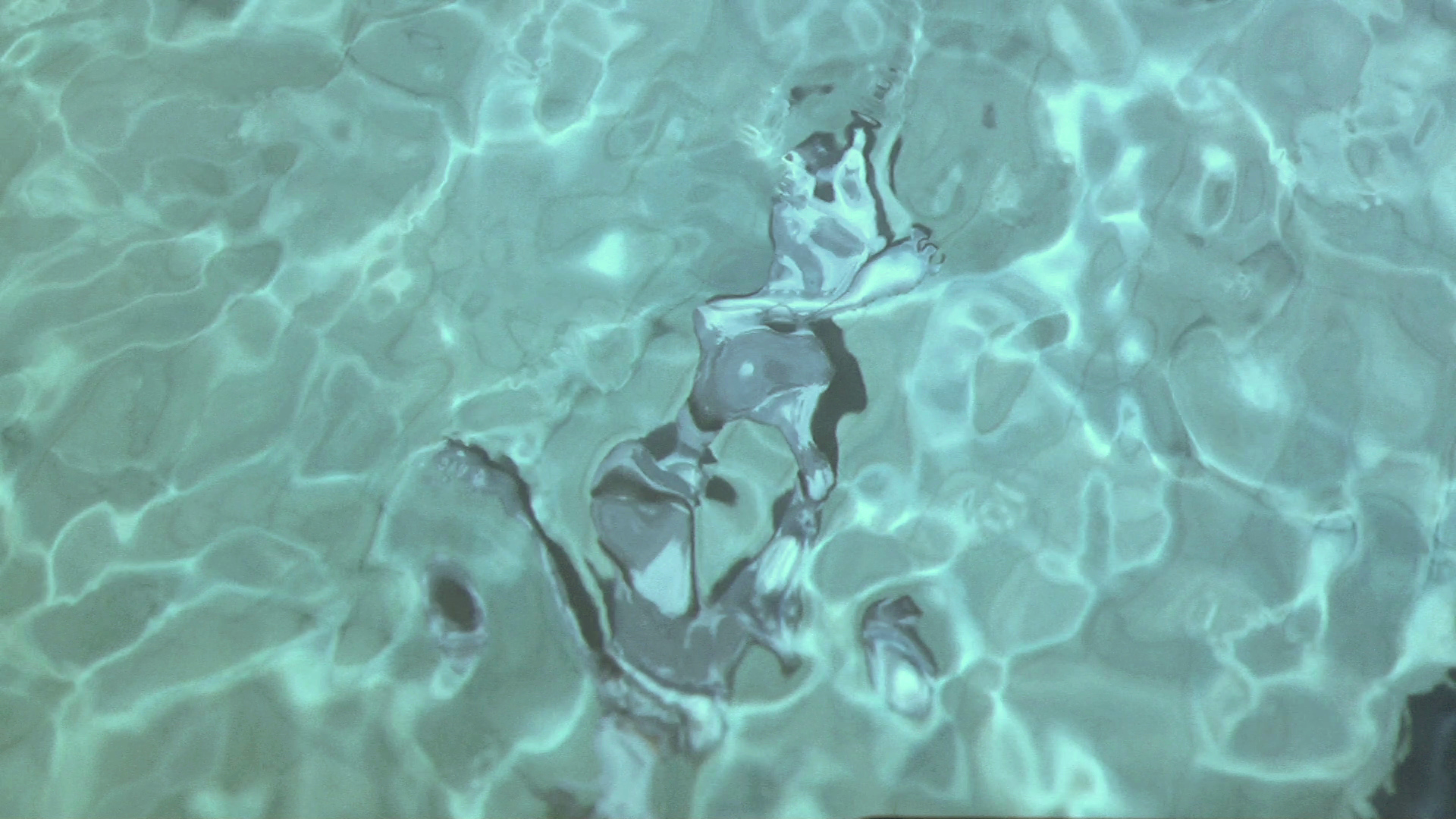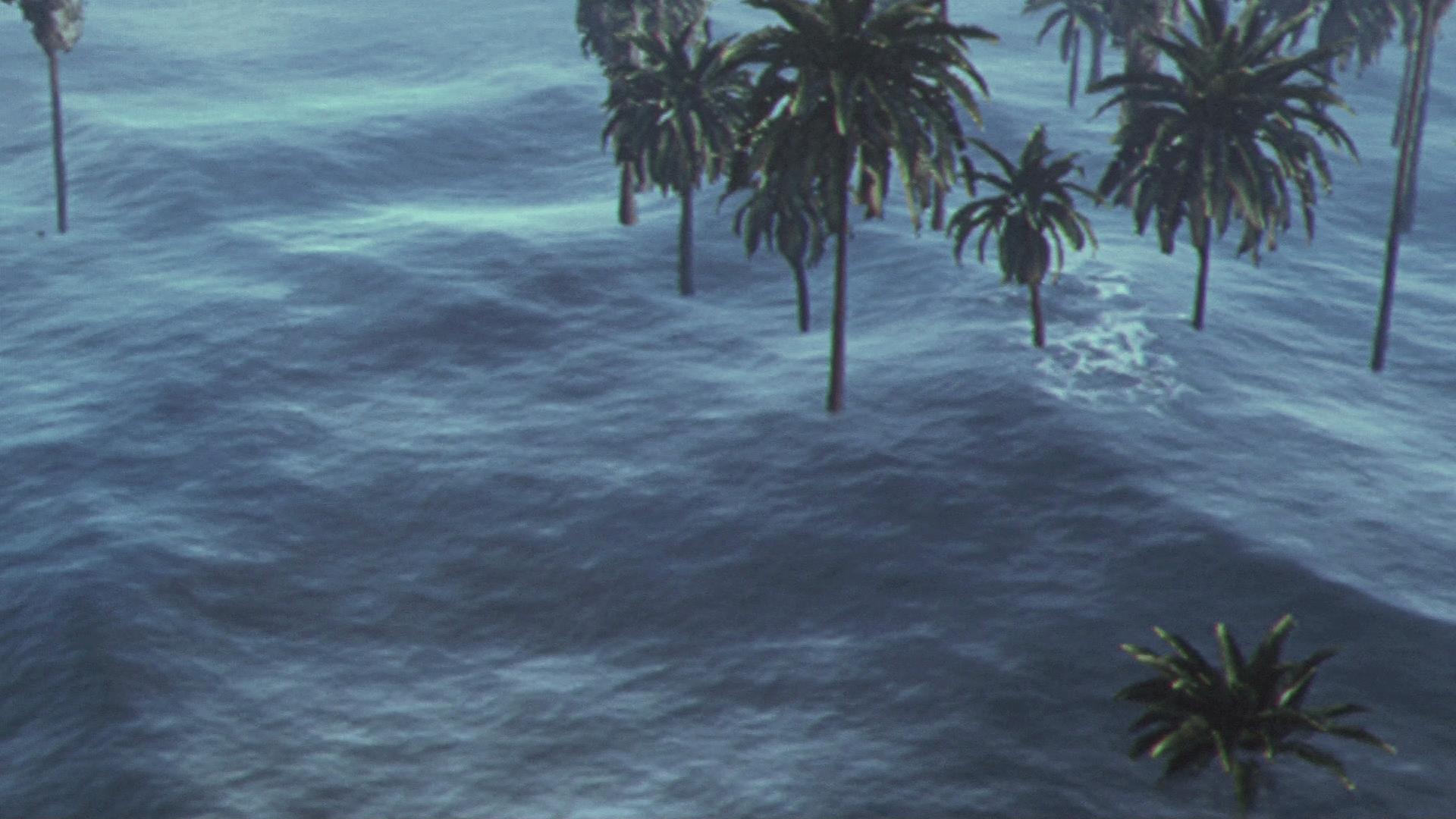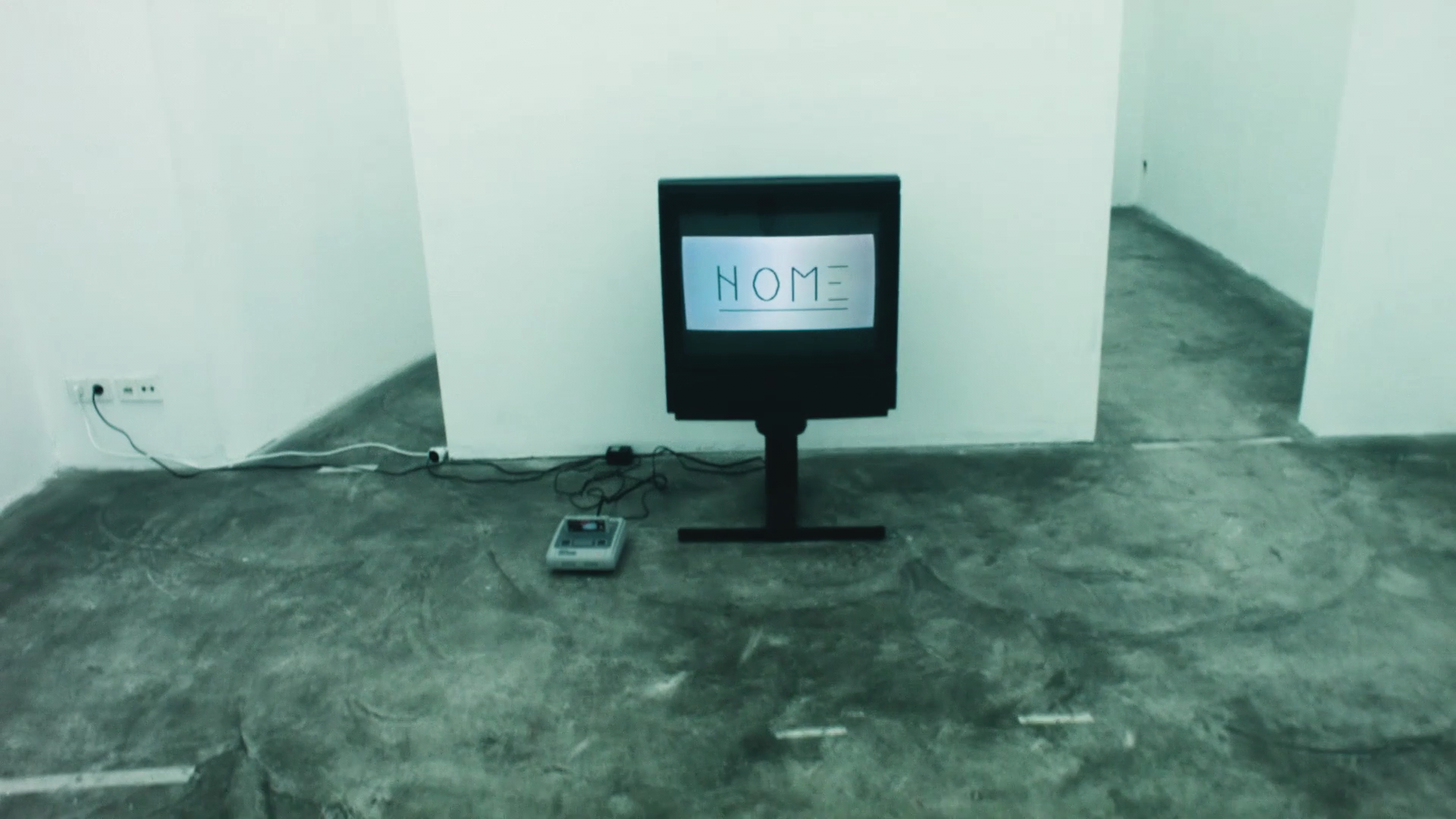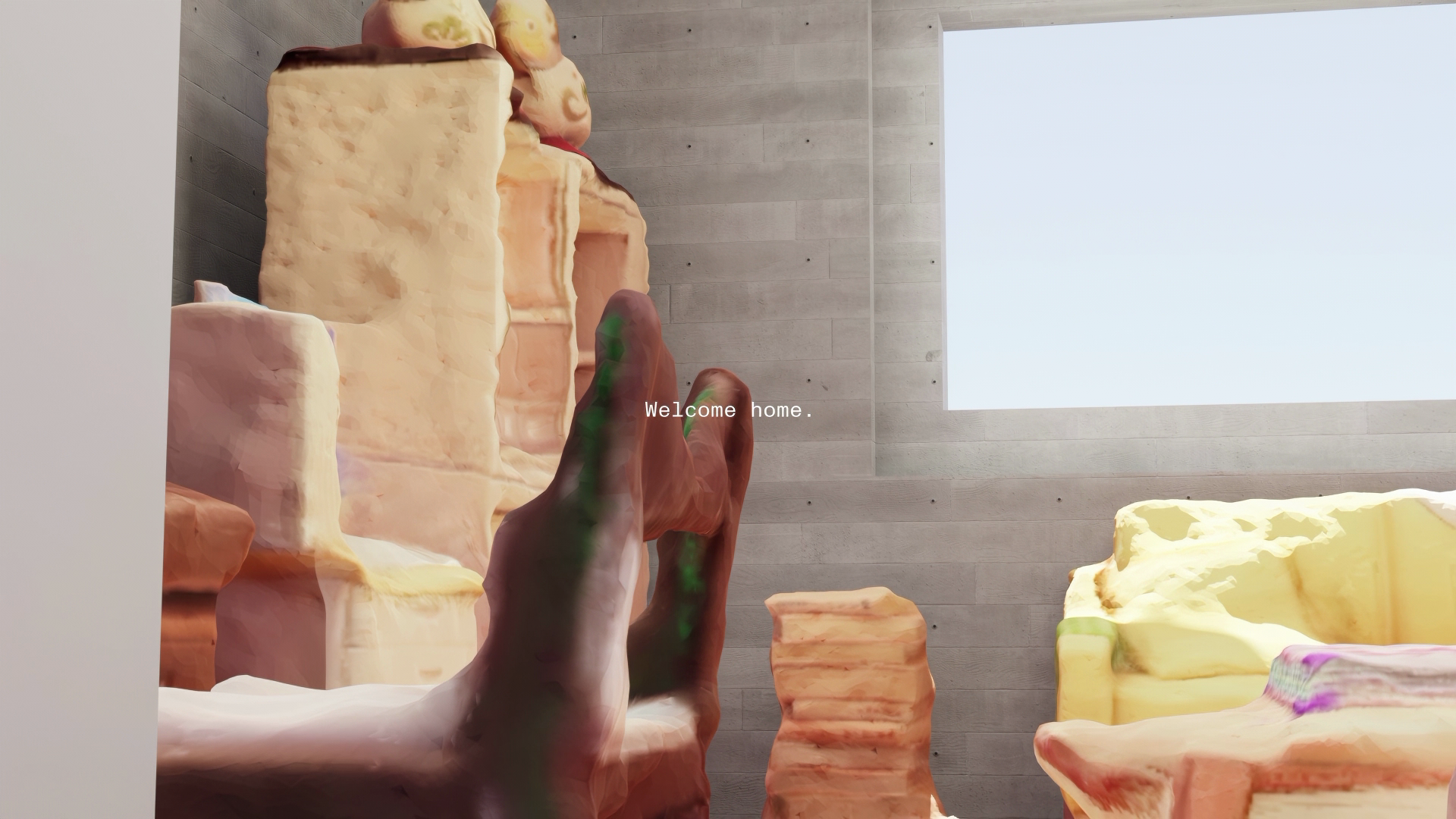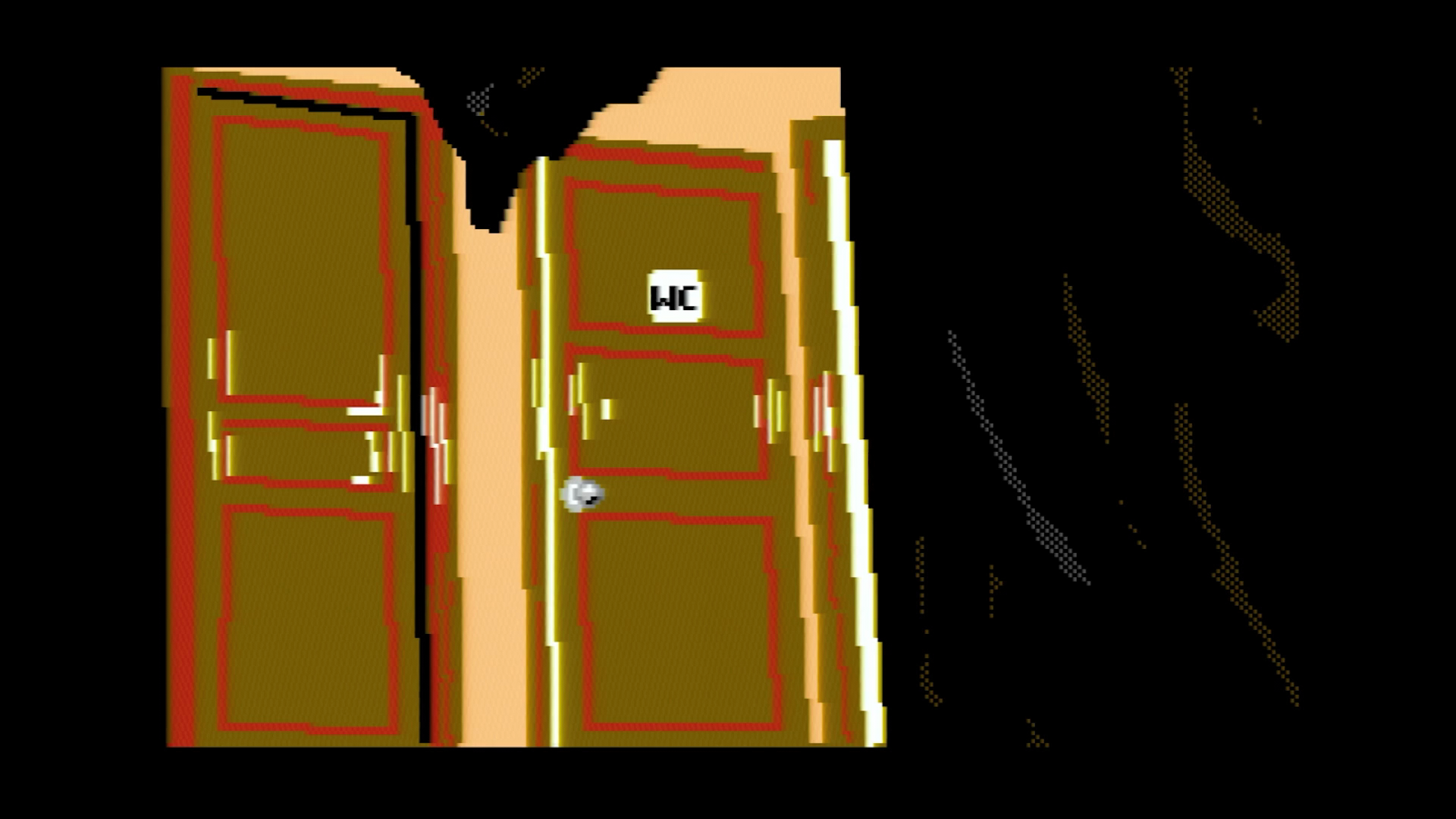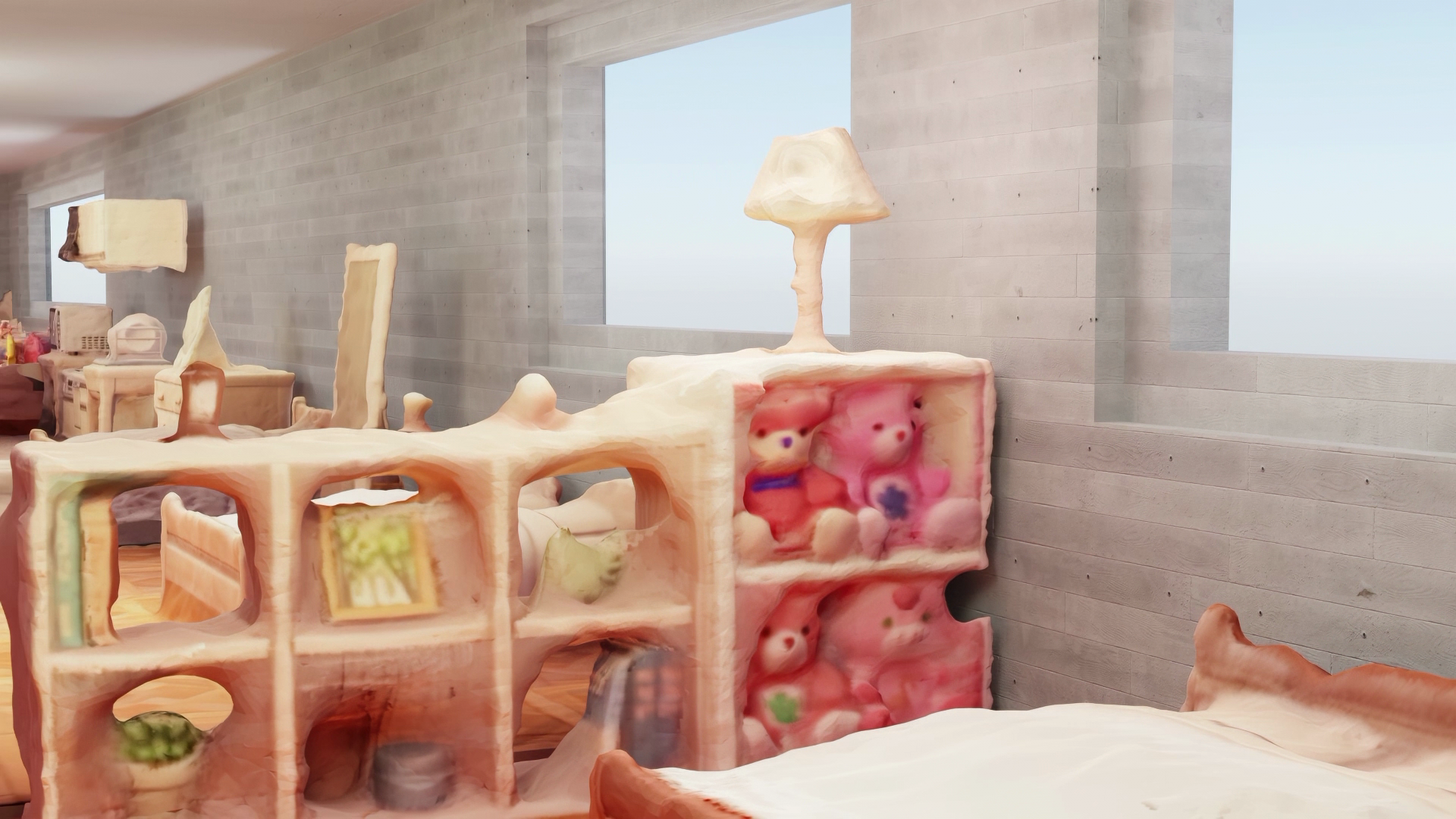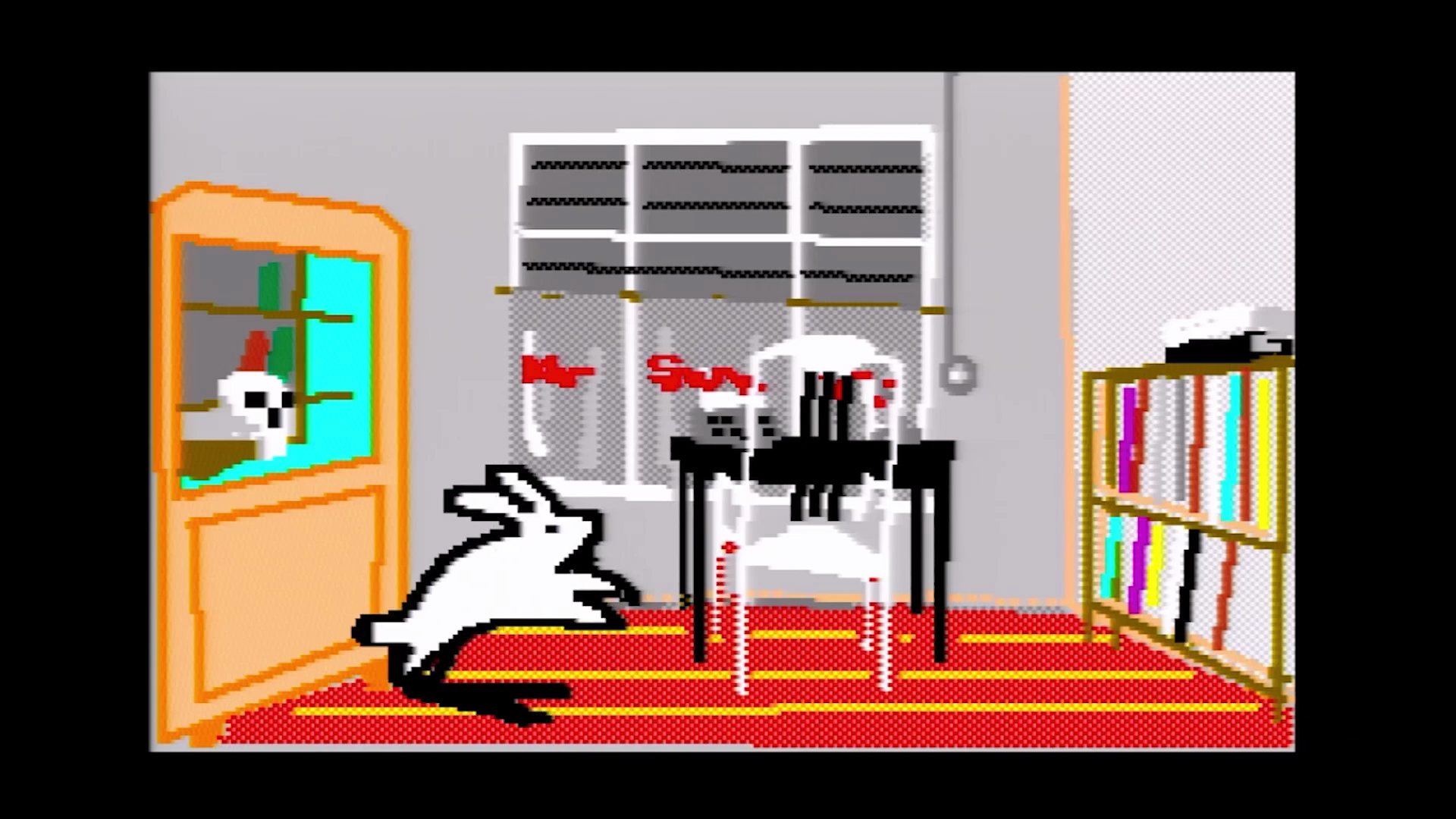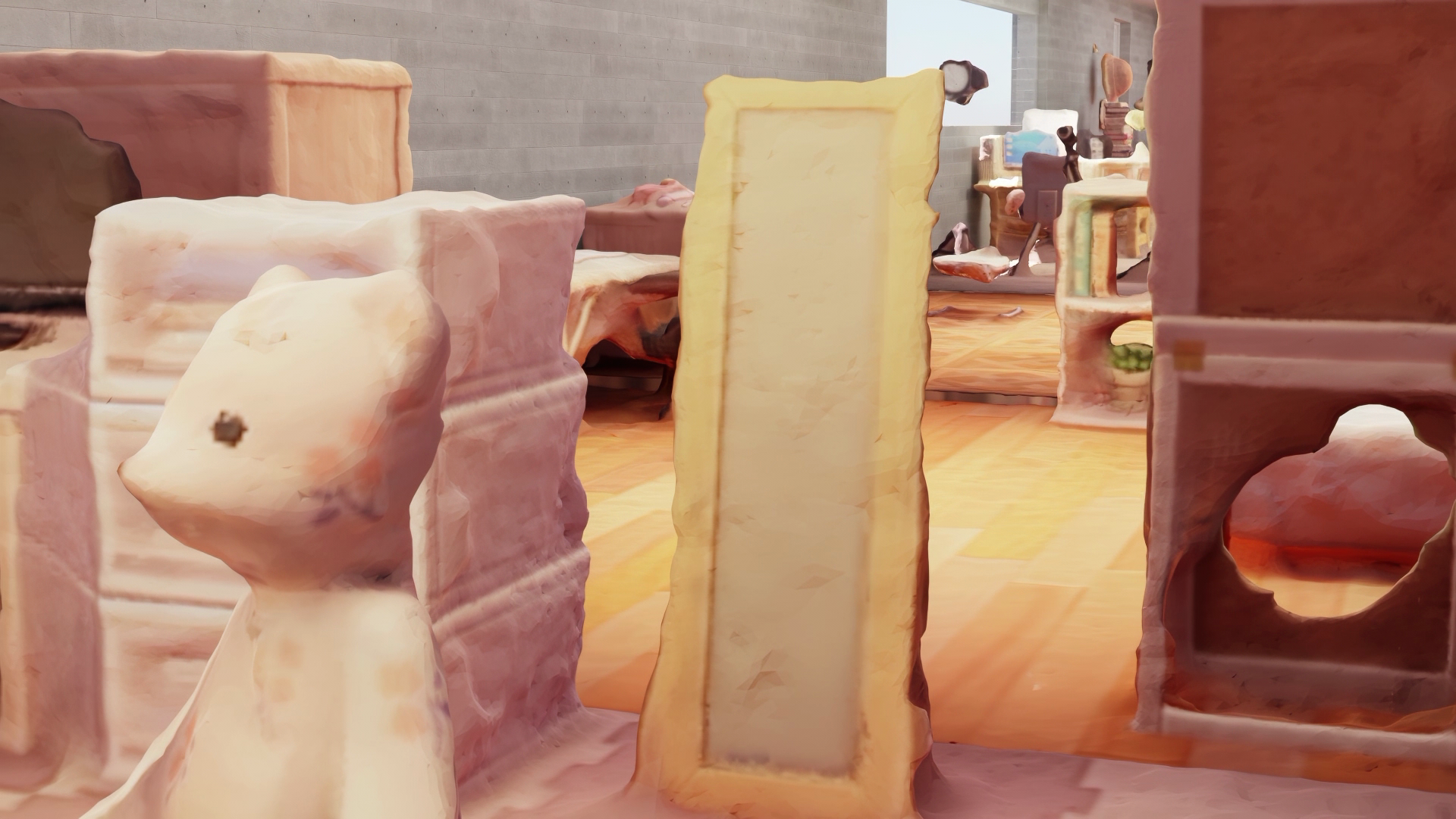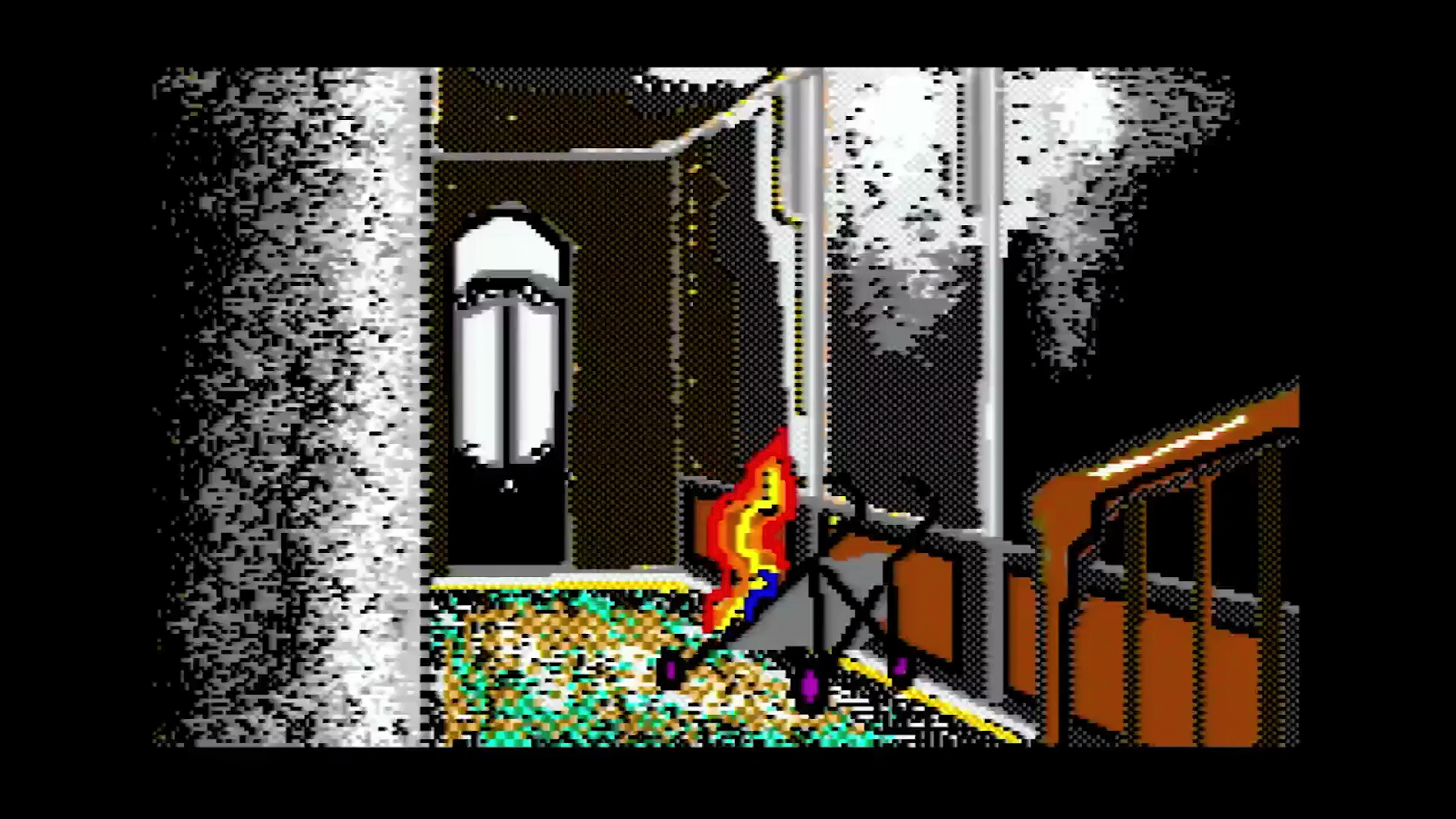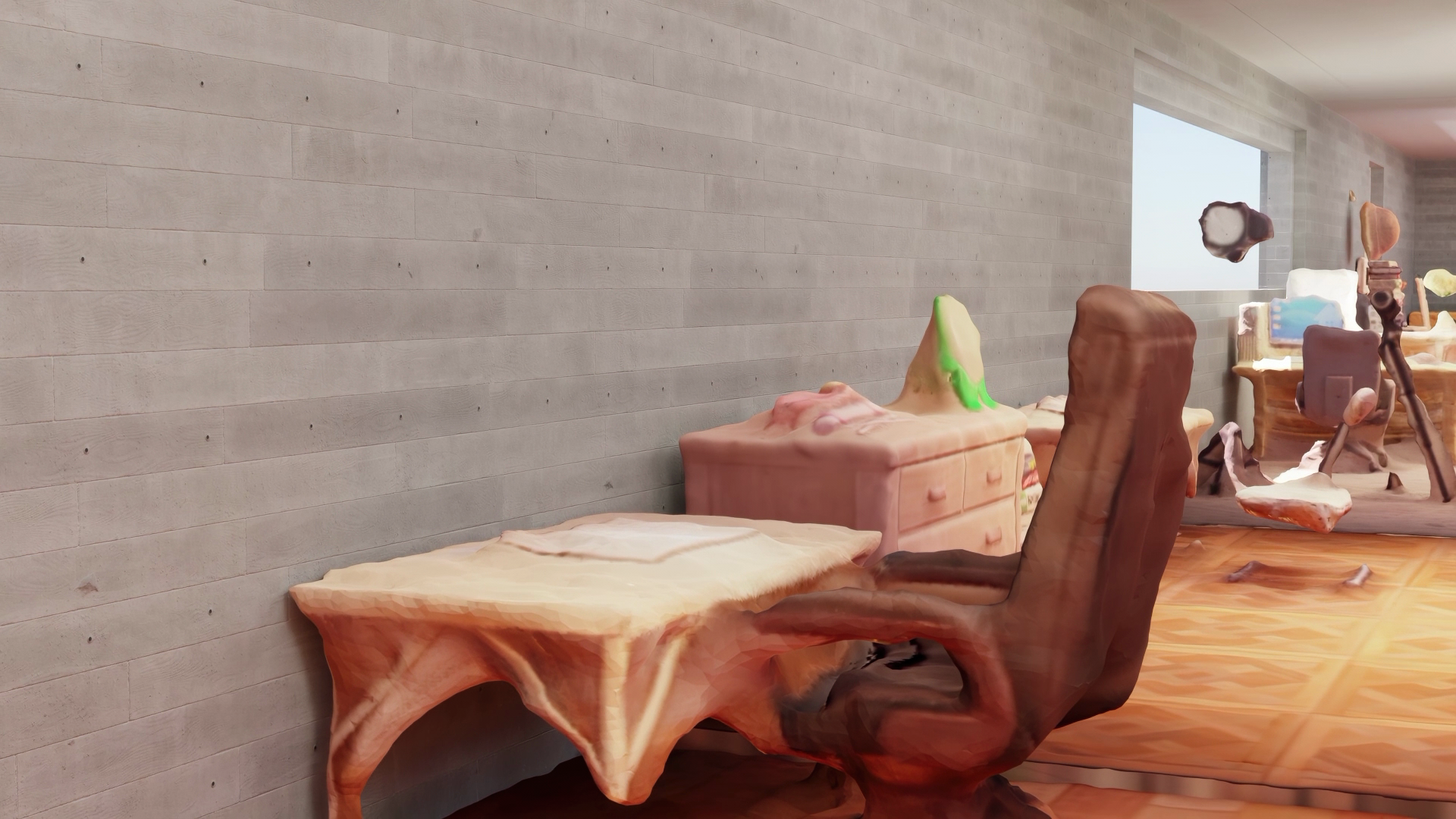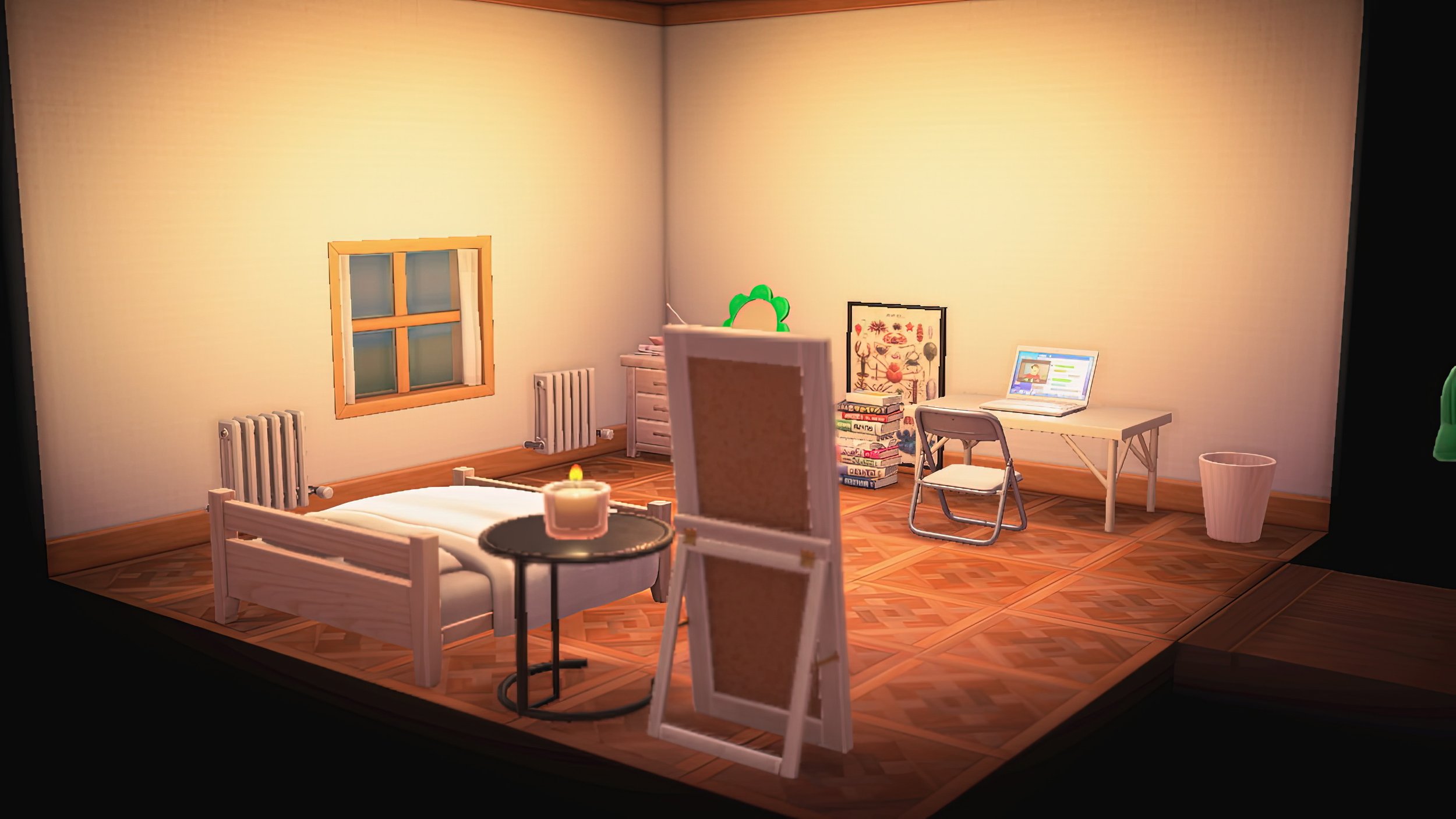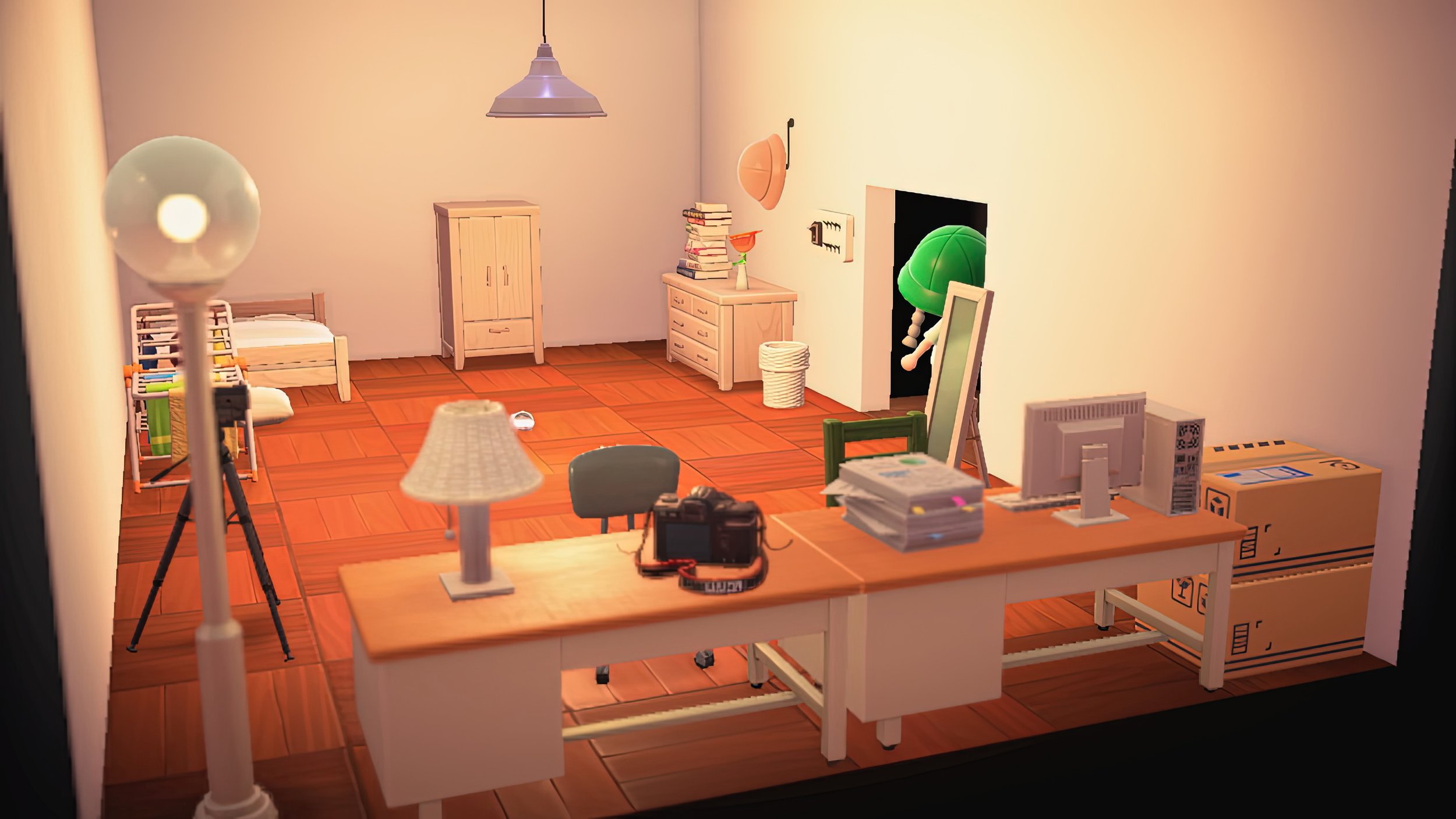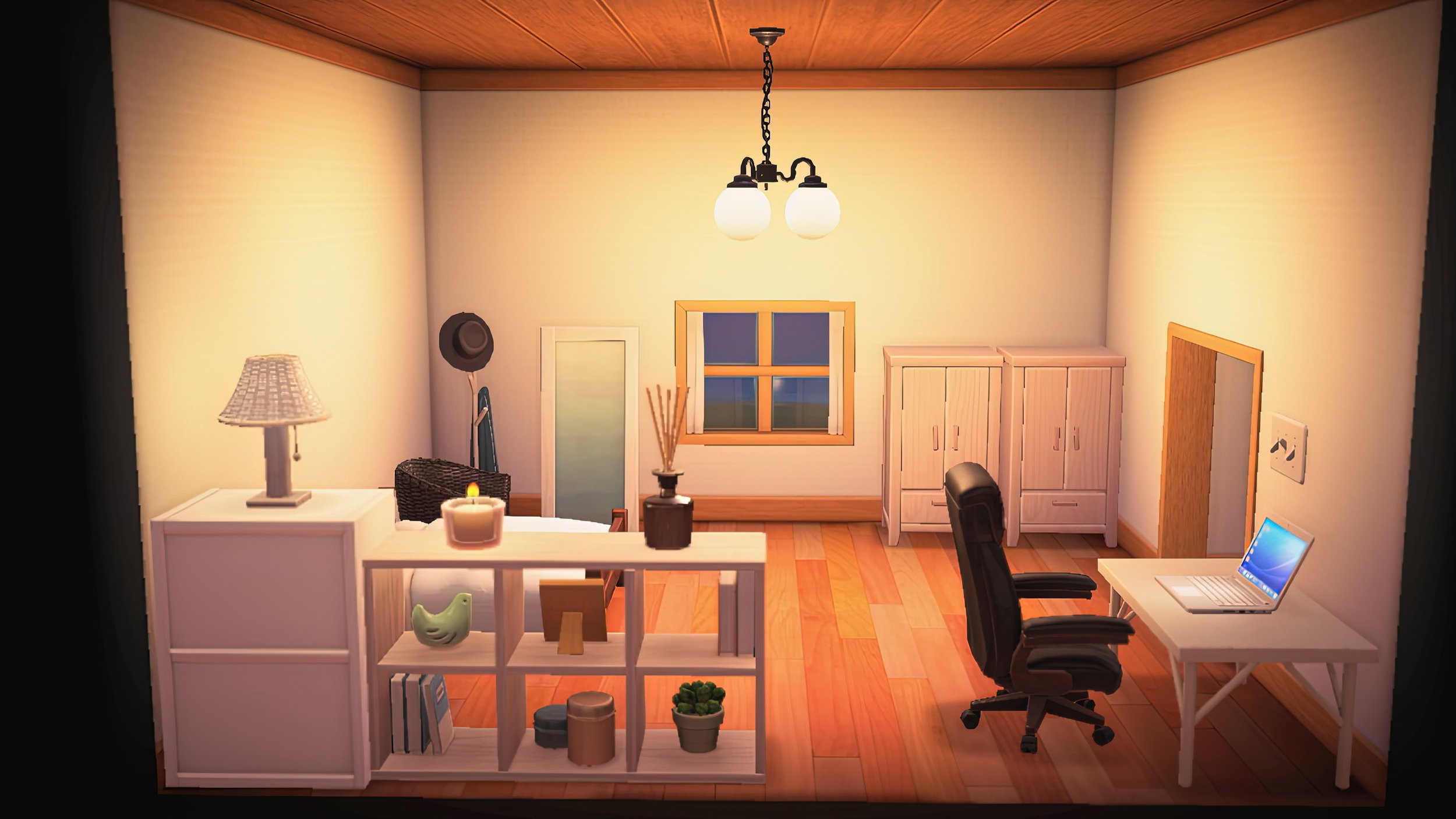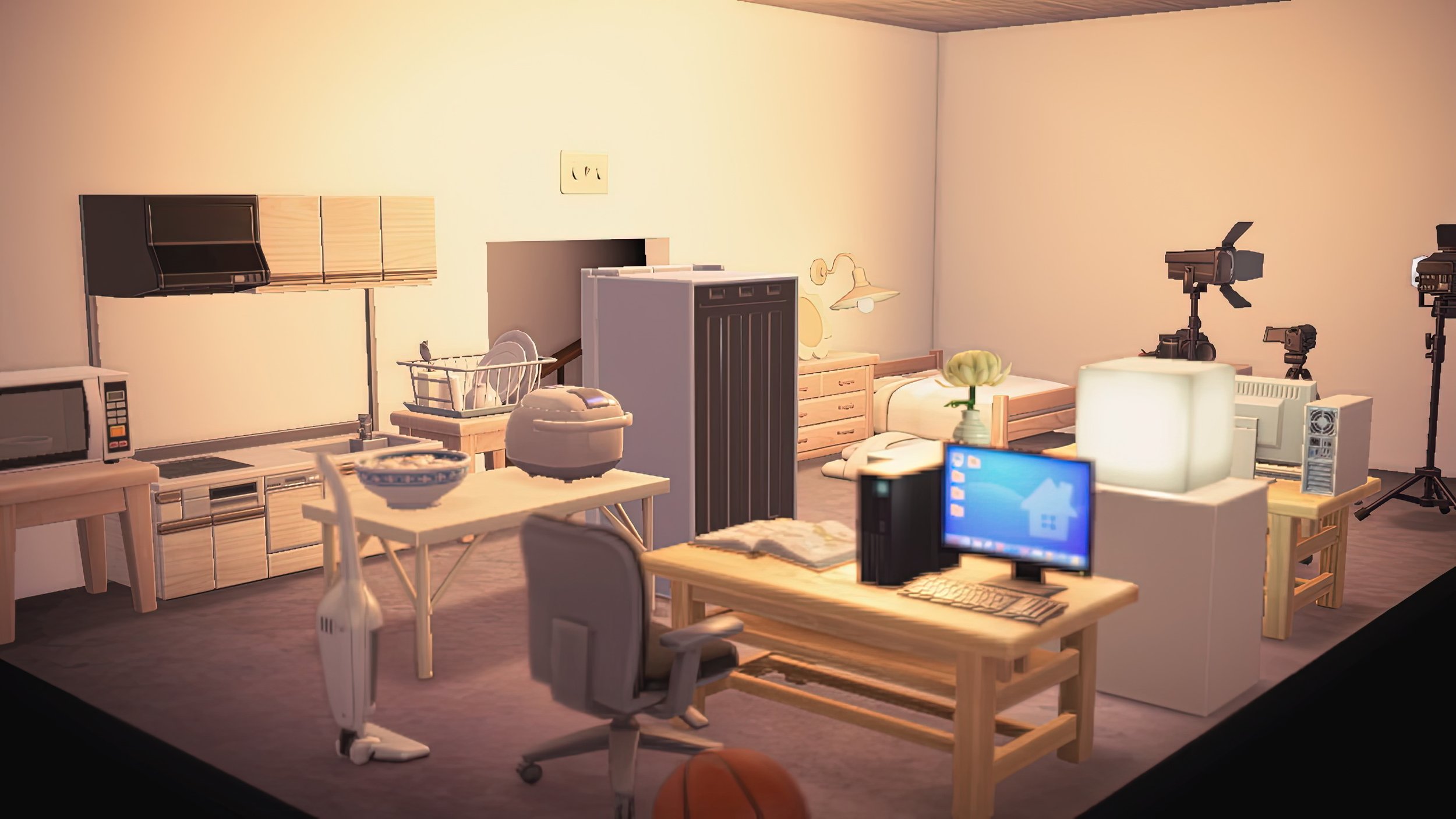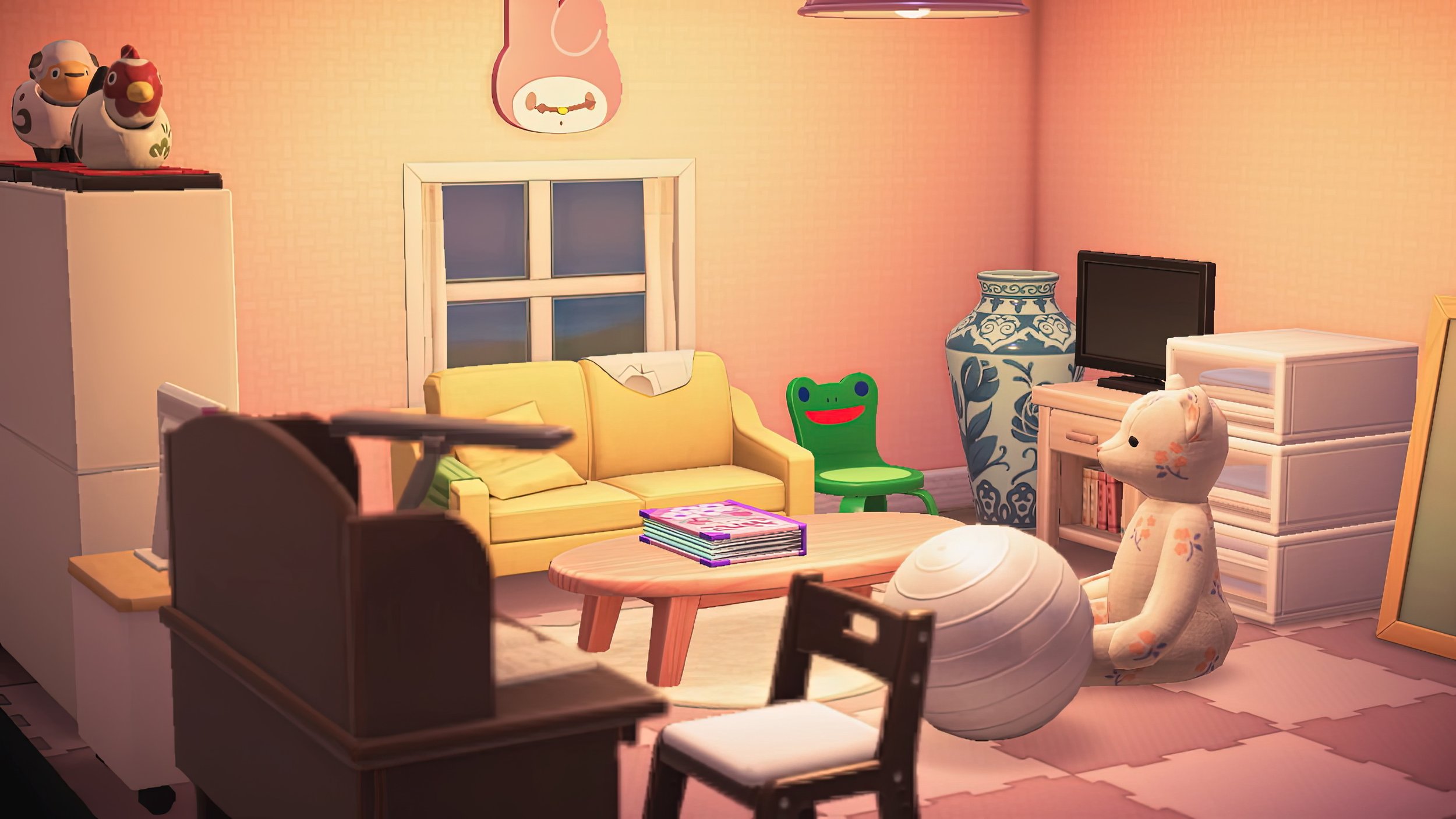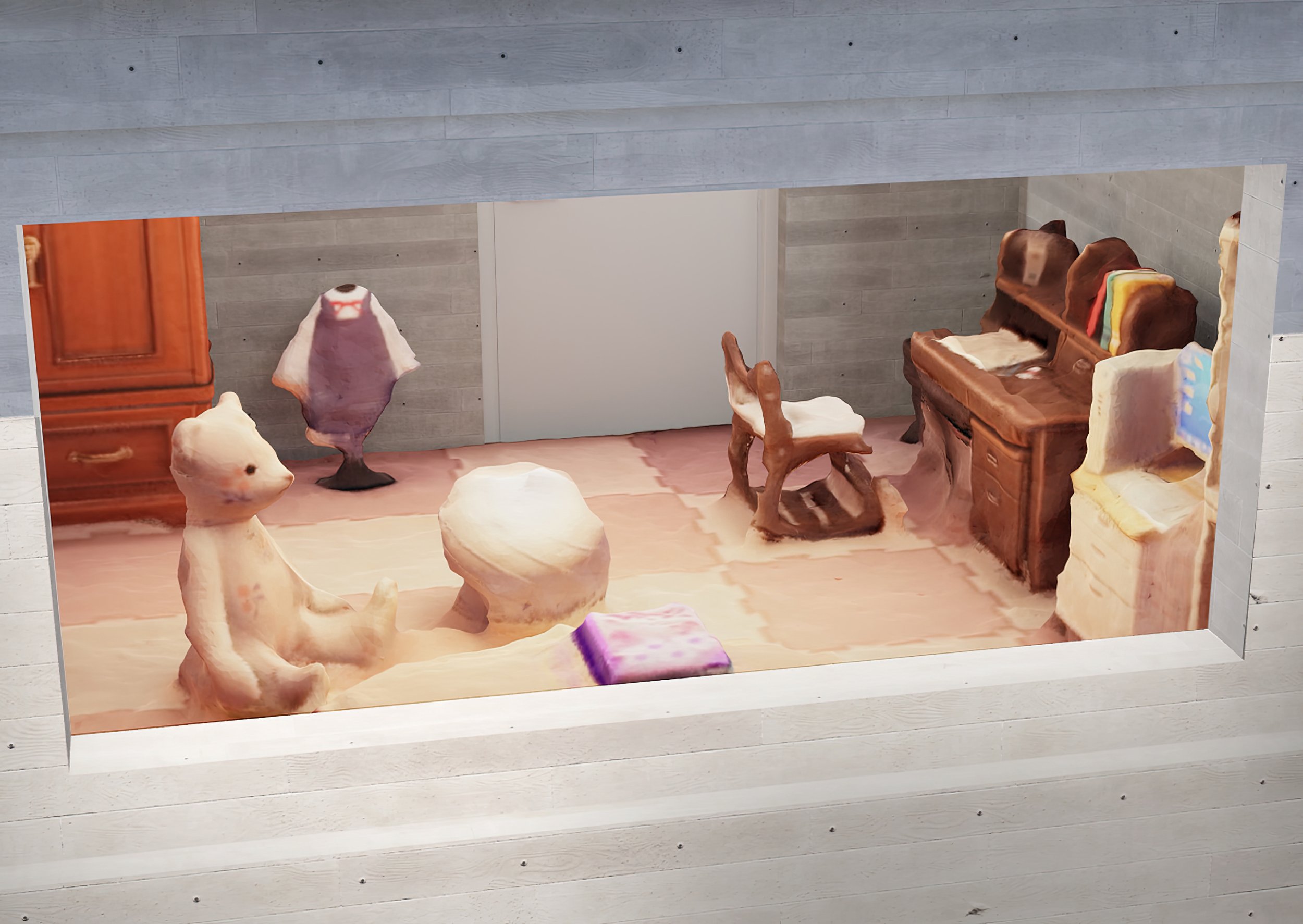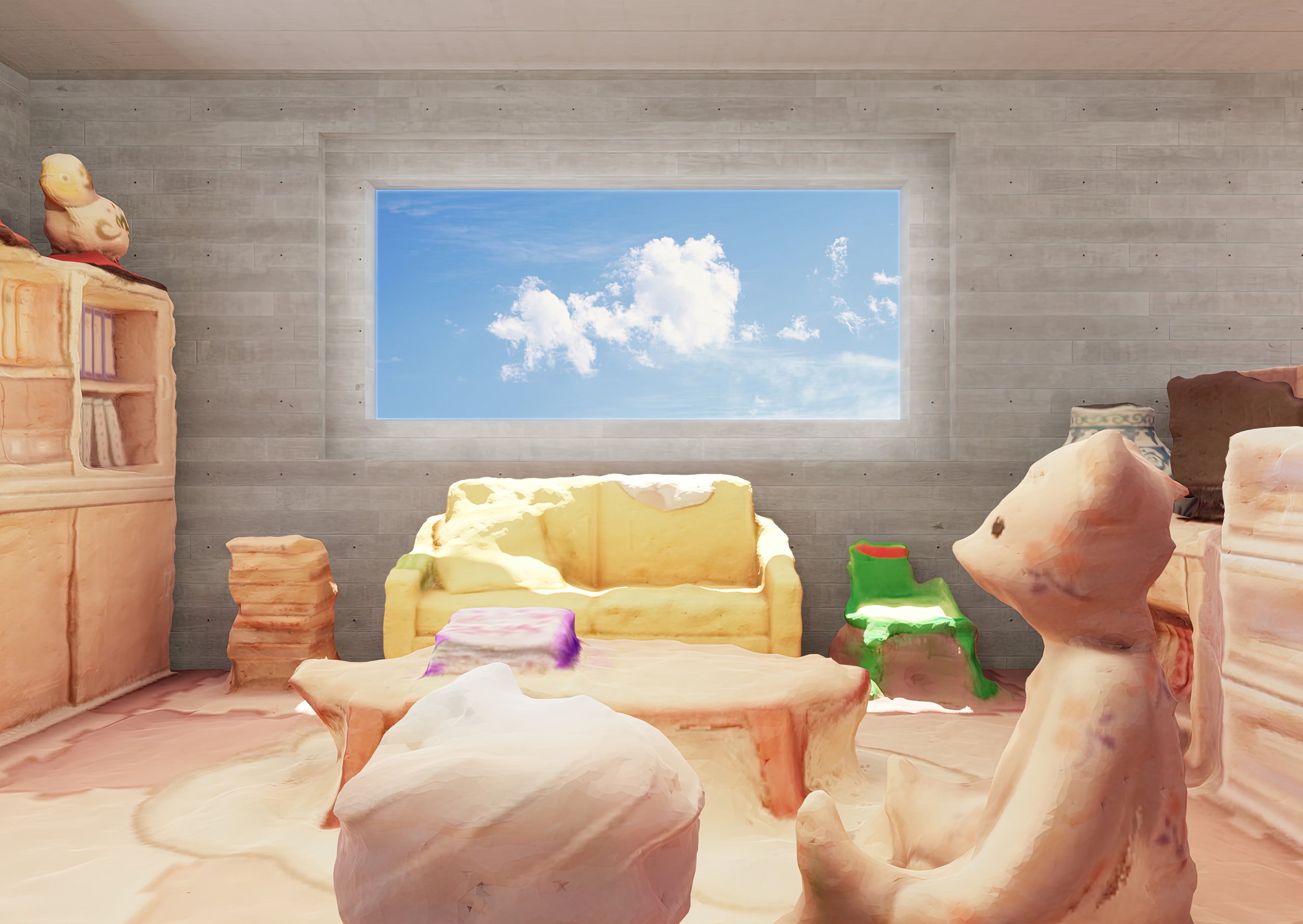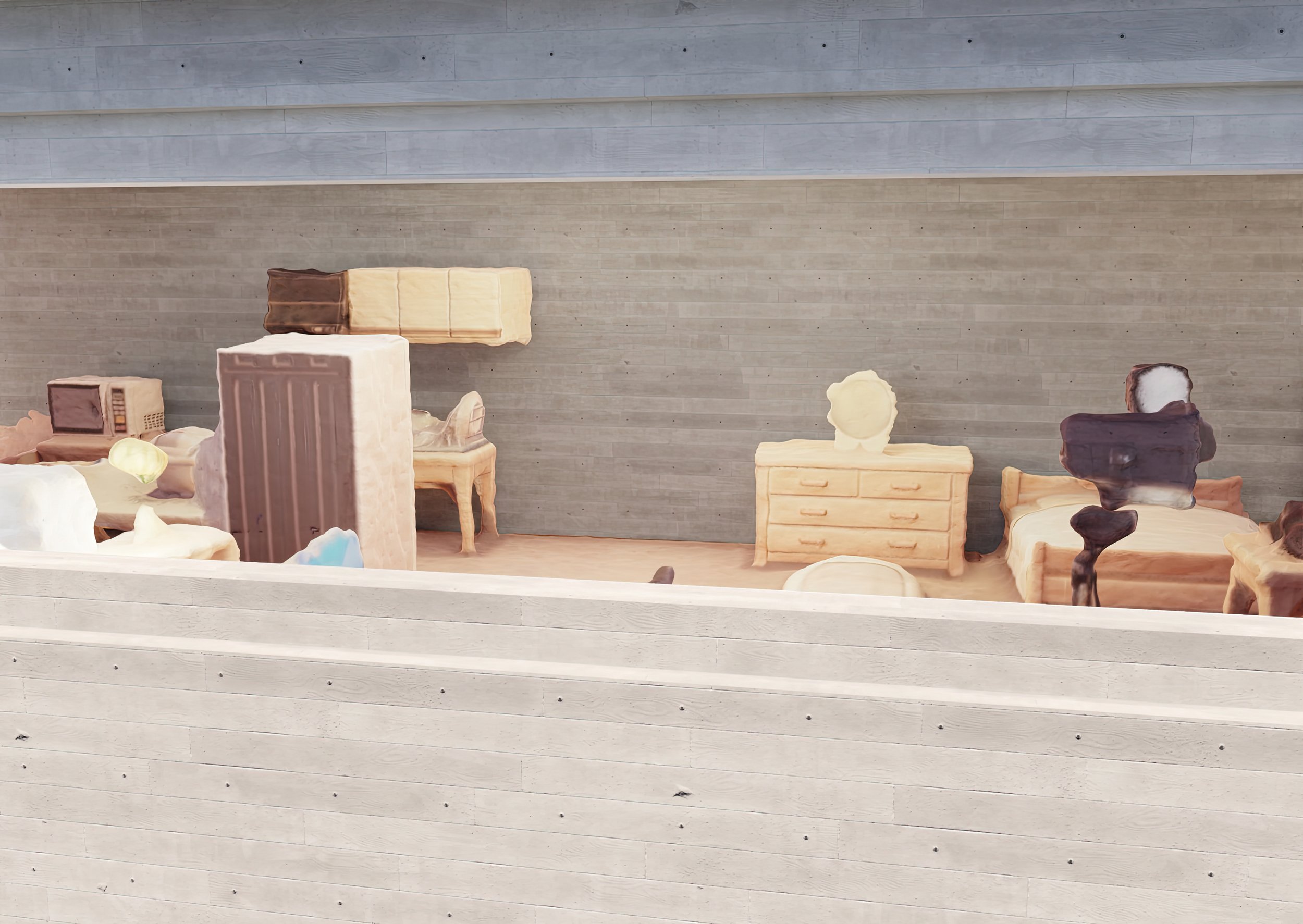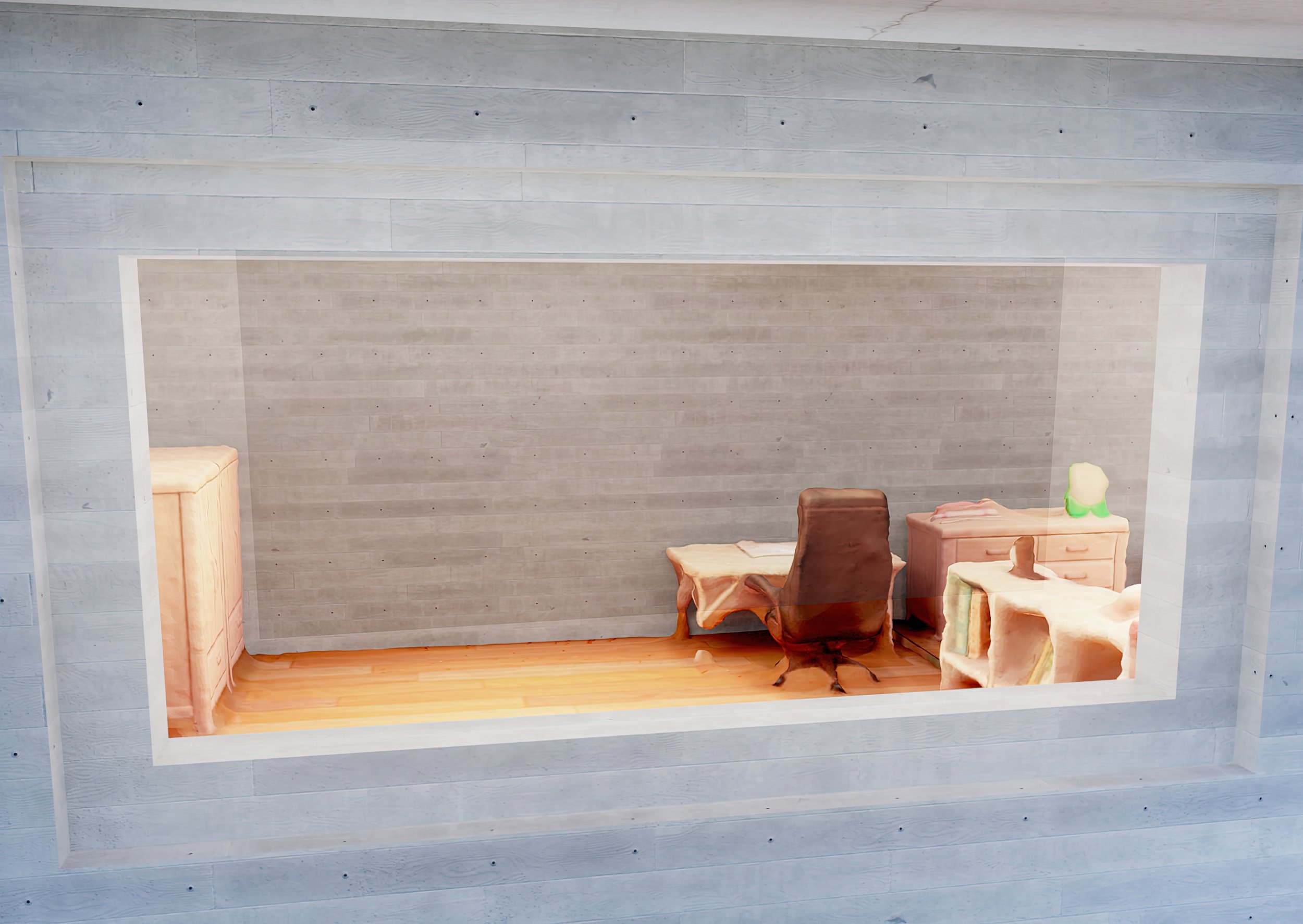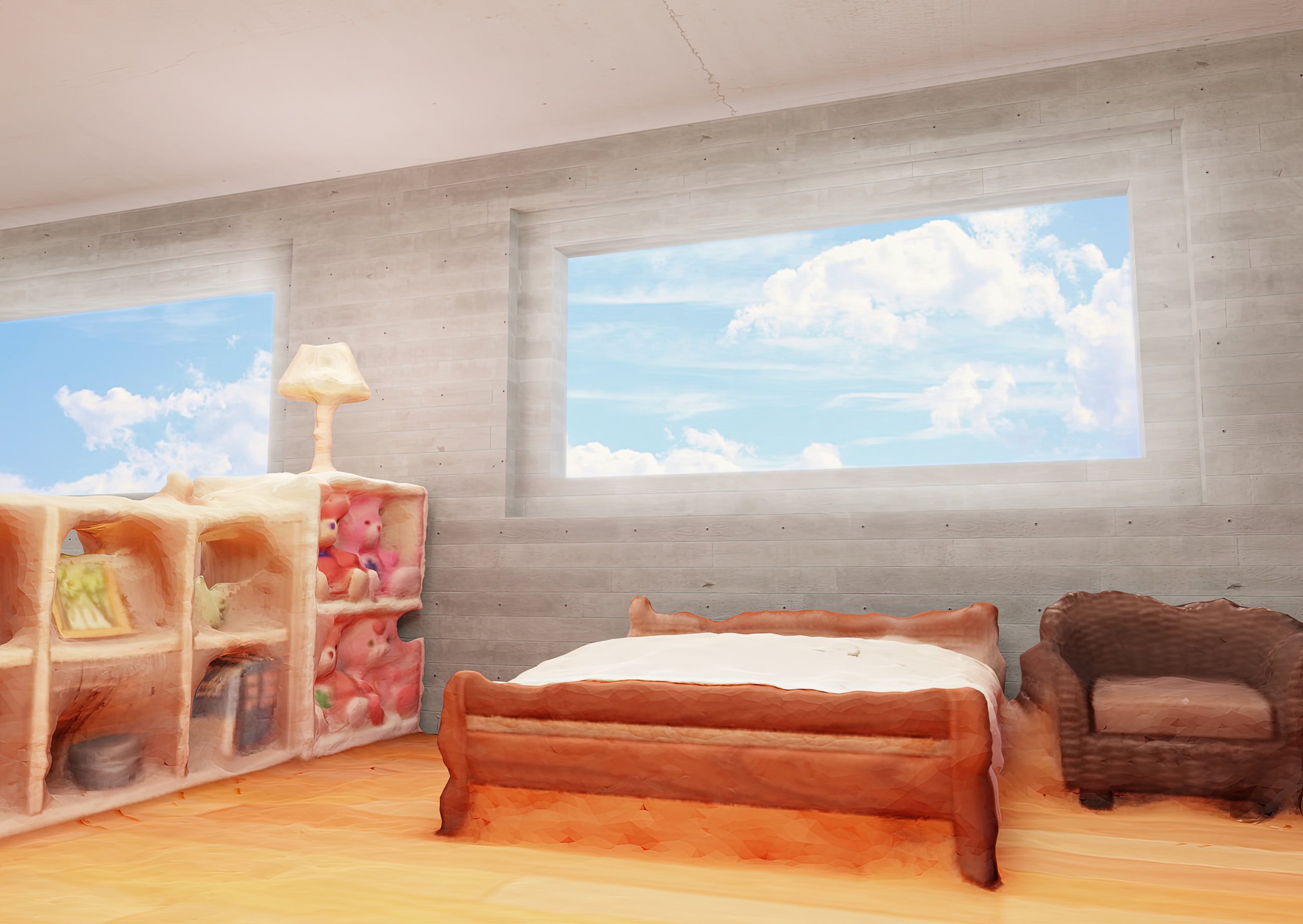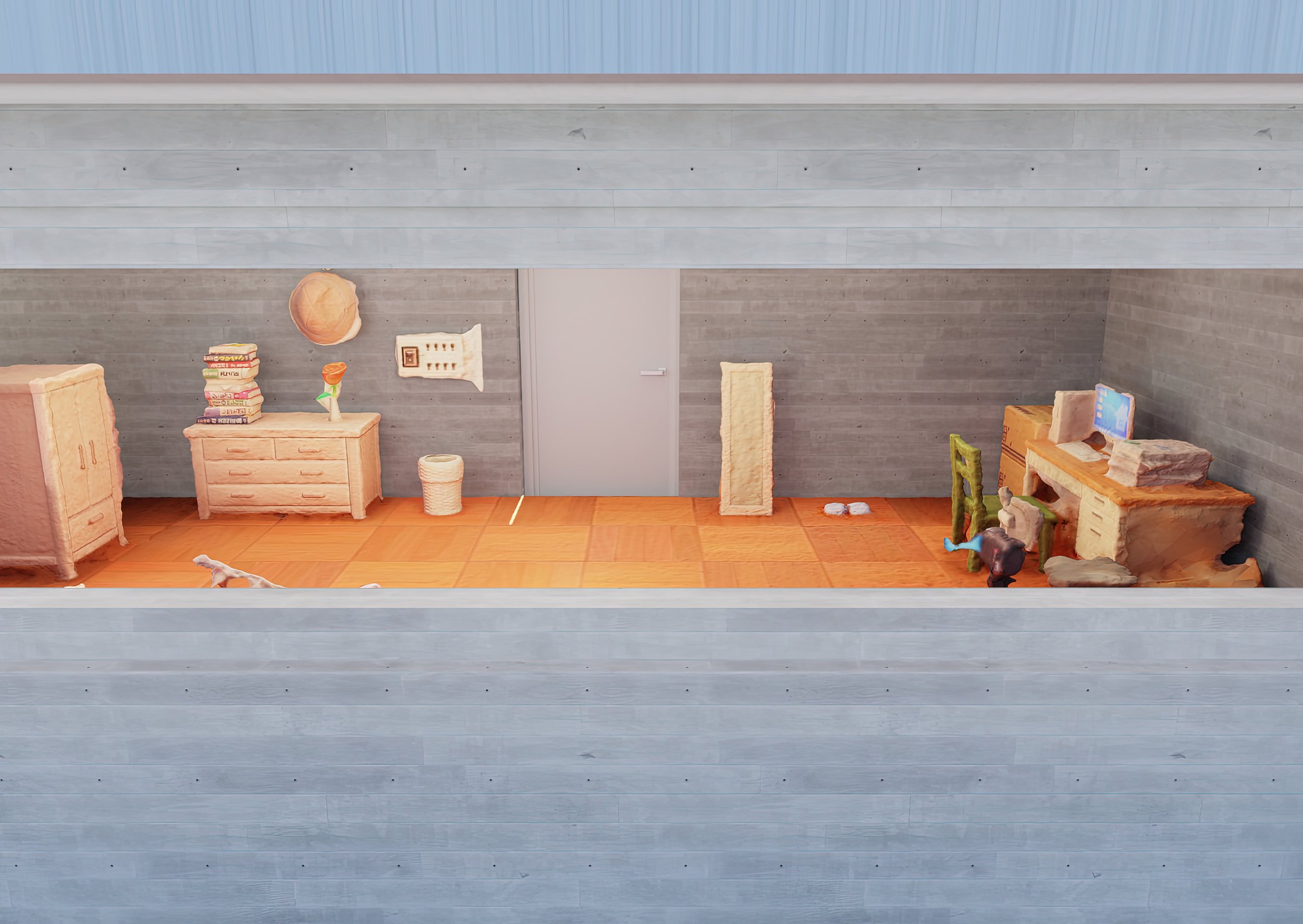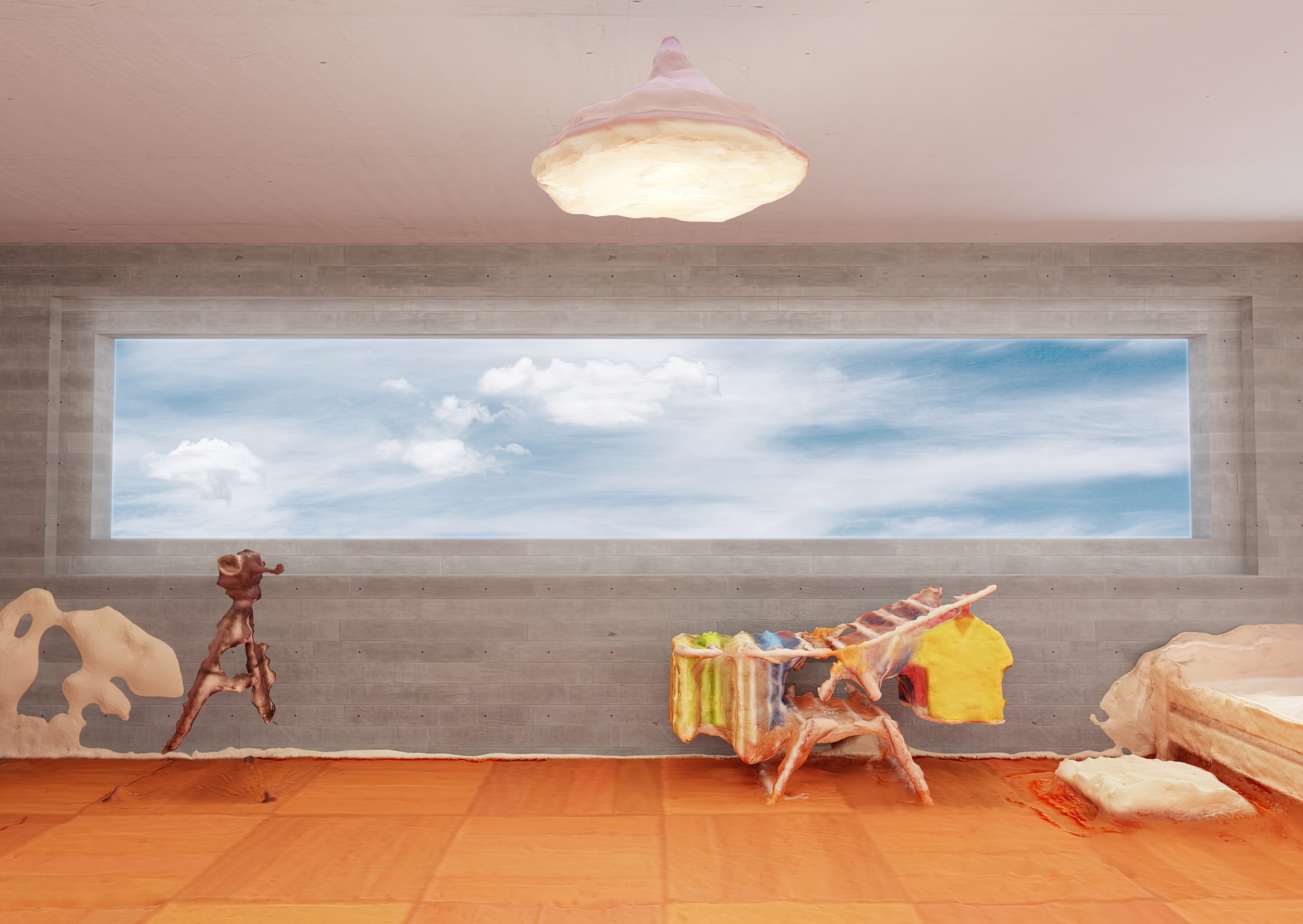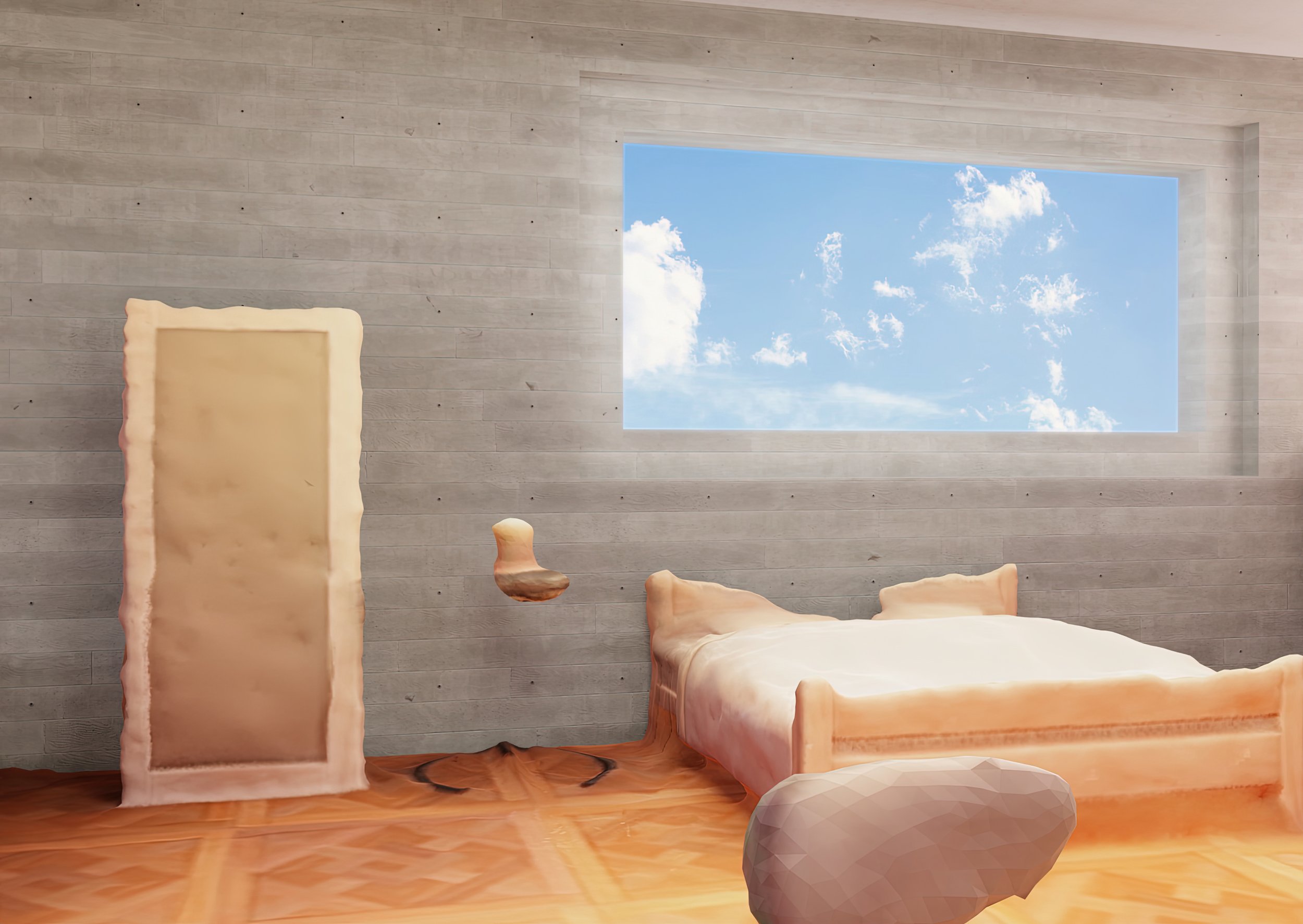VRAL is currently exhibiting Aleksandar Radan’s This water giver back no Images. To better contextualize this exhibition, we will be discussing some highlights from Radan’s eclectic oeuvre. Today we take a closer look at this remarkable video installation.
Produced in 2017, Aleksandar Radan’s This water giver back no Images is a 6-minute video work exploring the boundary between reality and simulation in digital worlds, created by manipulating landscapes and characters from Grand Theft Auto V. This work is strictly connected to the poem “No Images” (1922) by William Waring Cuney and Nina Simone’s song “Images” (1964), which address the inability of marginalized groups to see positive reflections of themselves mirrored back from society.
Radan incorporated an excerpt of Simone’s live 1964 recording of “Images” in his video. As her vocals play, the GTA-derived visuals distort – palm trees warp, avatars phase in and out of being. The looping images center on a mysterious, uncanny, pale gray avatar seated numbly in a room, lying outside by palm trees, and watching Simone sing on a television nested incongruously among levitating flora...
Matteo Bittanti
Works cited
Aleksandar Radan
This water gives back no Images
3-channel video installation, 6:12 min, loop, 2017, Germany; hereby presented as a single-channel digital video
This is a Patreon exclusive content. For full access consider joining our growing community.

